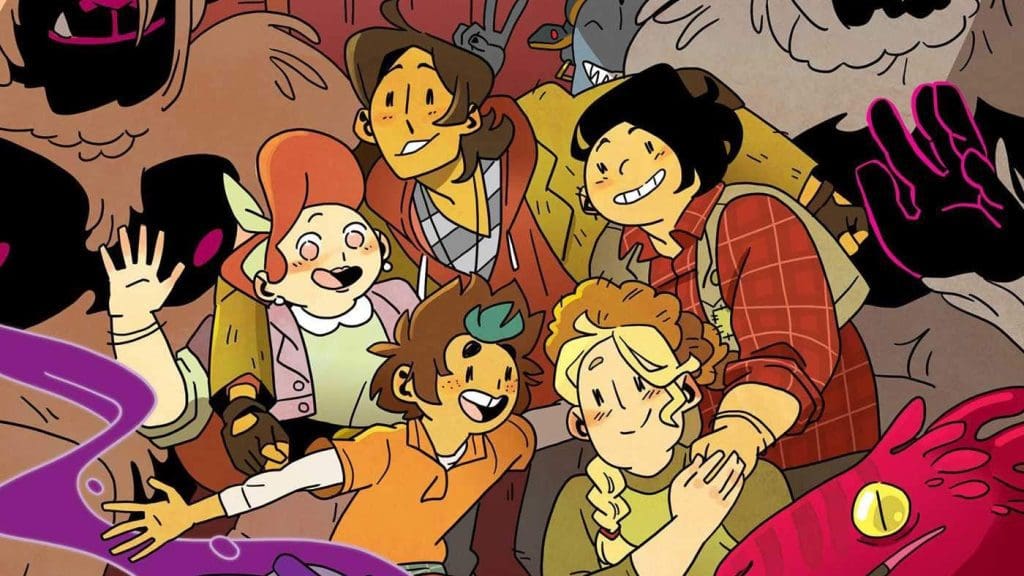The Evolution of Queer Characters in Graphic Novels
From Margins to Mainstream: The Journey of Queer Characters in Graphic Novels

Explore the evolution of queer characters in graphic novels, understanding how they have developed over time, and the impact they have had on representation and storytelling in the medium.
Graphic novels have long been a medium for exploring diverse stories and characters. Over the years, the representation of queer characters in graphic novels has evolved significantly. From being marginalized or stereotyped to becoming central, complex figures, queer characters have carved a space for themselves in the world of graphic novels. This article delves into the journey of these characters and how they have influenced the medium.
Early Depictions and Stereotypes
In the early days of graphic novels, queer characters were often depicted through stereotypes or used as plot devices. They were rarely given depth or development, and their identities were often reduced to a single aspect. This lack of representation and nuance reflected the societal attitudes of the time.
The Rise of Independent Publishers
As independent publishers began to emerge, they brought with them a willingness to explore diverse stories. Queer characters started to gain more prominence and complexity in graphic novels. These independent works often tackled issues of identity, acceptance, and the queer experience, providing a more authentic representation.
Mainstream Acceptance
As society progressed, mainstream publishers began to recognize the importance of diversity in storytelling. Major comic book companies started to introduce queer characters and even reimagined existing characters through a queer lens. This marked a significant shift, as queer characters were now part of mainstream graphic novels.
Complex Narratives and Representation
Today, queer characters in graphic novels are as diverse as the community they represent. They are not just side characters but protagonists with their own story arcs and development. They are portrayed in a variety of roles, from superheroes to everyday people, reflecting the diversity within the LGBTQ+ community.
The Impact on Culture and Society
The evolution of queer characters in graphic novels has had a broader cultural impact. It has contributed to the normalization and acceptance of queer identities. For many readers, especially those within the LGBTQ+ community, seeing characters that reflect their experiences can be empowering and affirming.
Graphic novels have proven to be a powerful medium for storytelling and representation. The evolution of queer characters within this medium reflects not only changes in society but also the endless possibilities for diverse storytelling. As graphic novels continue to evolve, one can only expect that the representation of queer characters will continue to grow in depth and complexity, enriching the tapestry of stories that this medium has to offer.

Comments are closed, but trackbacks and pingbacks are open.